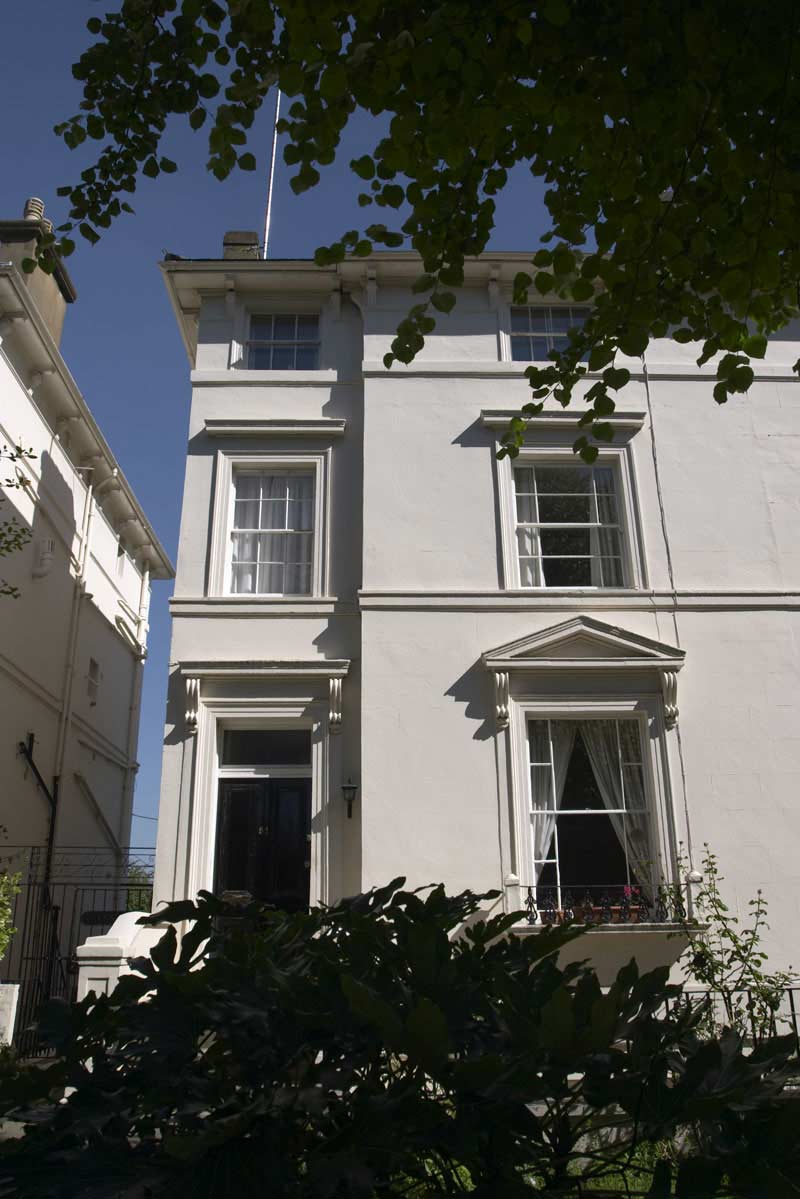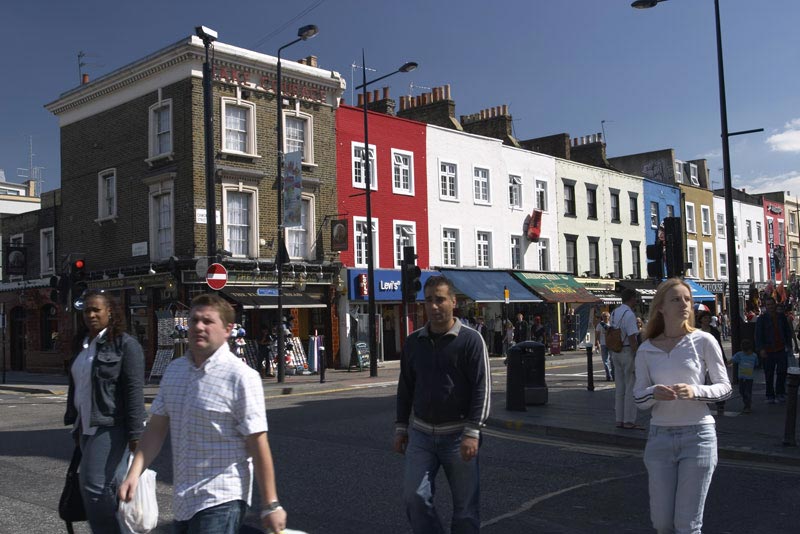Slow down and enjoy the British landscape on a British Waterways canal cruise drifting along in a narrow boat.
Canal cruises
Our boat glides past a row of colourful narrow boats moored by the river bank. The boats are decorated with gaily painted flower pots bursting with spring flowers.
A man wearing a straw hat sips on a mug of steaming hot tea. He waves a lazy greeting at us with the peaceful look of someone who has settled into the restful pace of the canal cruising lifestyle.
Further along, open-air cafes and terrace homes drift by. Stately mansions peek out from behind tangled gardens.
Walkers and cyclists wave as the boat glides through Lord Snowden’s aviary at the London Zoo.
These are some of the scenes that float by in the bustling city of London.
As we glide away from the city and through the country side, the landscape changes to rolling green hills, grazing cows and quaint English villages.
There are moorhens, geese and ducks. Wild bluebells, daffodils and primroses are a mosaic along the banks.
One attraction of a canal boat holiday is the ever-changing scenery, from green pastures and quaint villages to warehouses and chimney stacks.
Yet another attraction is its relaxing pace and flexibility.
You can eat, read, doze on deck, steer the boat while watching the countryside glide by. Or for some exercise, try walking alongside the boat on the towpath.
Pub life
In the evenings, you can hammer in the mooring spikes, tie up the boat and stroll to the local pub for dinner.
Fortunately, pub menus these days have graduated from chicken-in-a-basket to more creative and enticing meals like corn-fed chicken with wild mushroom risotto.
Britain has industrialists and merchants to thank for its 3,200 kilometres of canals, originally used to transport raw materials and goods.
The great canal-building era began in 1776 with the completion of the Bridgewater Canal for the Duke of Bridgewater to transport coal from his mines at Worsley to Manchester.
In the canal network heyday (from 1760 to 1840) more than 30 million tonnes of goods were carried each year on Britain’s waterways.
These canal systems were later replaced by railways and there were many unsuccessful attempts to convert the canals into railway lines.
It was the motorways built during the 1960s that provided the death knock for the canals as a mode of transport.
Today canals are used almost exclusively for pleasure. From London, a boater can journey on the Regent’s canal and glide towards Little Venice, or join the Grand Union Canal and take the Oxford Canal all the way to the Midlands.
Another popular route is the Avon Ring route that passes Worcester, Shakespeare’s Stratford-upon-Avon and the picturesque Worcestershire countryside.
There’s the Cheshire Ring route which winds through cheese producing country, old silk mills.
A highlight here is a quaint church in Daresbury with Alice in Wonderland scenes on its stained glass windows.
Llangollen Canal
One of Britain’s most spectacular journeys, the Llangollen Canal, attracted holidaying Hollywood celebrities Harrison Ford and Calista Flockhart a few years ago.
Llangollen passes through the charming countryside of Shropshire, Wales and Cheshire and boasts the spectacular Pontycyllte Aqueduct.
Pontycyllte Aqueduct is a vertiginous journey 37 metres above the gushing waters of the River Dee.
For a heart-stopping 300 metres, you sail along an iron trough barely wide enough to fit the narrow boat. It’s like floating in the sky.
The Anderton Vertical Lift on the Trent and Mersey Canal is an engineering feat. The lift raises and lowers boats in a water-filled tank rising 15 metres between the canal and the River Weaver.
In Scotland, the 35-metre high Falkirk Wheel which connects Edinburgh’s Union Canal with Glasgow’s Forth and Clyde Canal is the world’s only rotating boat lift.
London
During the era when canals were used to transport cargo, London’s Regent’s Canal dock was the city’s main centre for loading cargo onto canal boats.
The London Canal Museum provides an insight into this once-crucial transport system.
The displays leave no doubt that life on the canals in the old days was tough, especially for the men hired to “leg” a narrow boat through a tunnel.
These men would lie on their backs on planks aboard the boat and laboriously walk the canal boat through the tunnel with their feet along the side walls.
Legging was replaced by steam-chain tugs which were used to pull the boats through the tunnels right up until the 1930’s, when boats with engines became affordable.
Most luxury canal boats are fitted with comfortable beds and kitchens complete with gas cookers, fridges, crockery and cookware.
There are modern conveniences such as hot showers and toilets, central heating, television and DVD players.
As there are few controls, handling a canal boat is relatively simple. For most beginners, the worrying part is managing the locks, lifting bridges and tunnels.
All reputable boat hiring companies will provide ample training before allowing holiday-makers to take off on their own and it doesn’t take long to get the hang of lowering banters across a road to stop traffic, winding paddles and pushing gates.
Walkers, cyclists and the other boaters often stop to chat or provide assistance with the locks; all this waterway camaraderie adds to the enjoyment of the whole experience.
As the thousands of kilometres of inland waterways each have unique characteristics and distinctive attractions, after my first taste of canal boating, I find myself longing to return to Britain to explore them all. With so many to choose from, I might be cruising for a very long time.
Discover United Kingdom
You can hire a canal boat in London or at one of the many regional areas on the canal network. Go to Visit Britain for more information.
The London Canal Museum has useful information about the history of canals.
Medieval Castles – Great Britain
Borough Market London
10 things to do in Southbank London
Plan Your Trip

Rent A Car – Find the best car rental rates at Discover Cars. They compare car hire companies to provide you with the best deal right now.

Find A Hotel – If you’re curious about this article and are looking for somewhere to stay, take a look at these amazing hotels.














